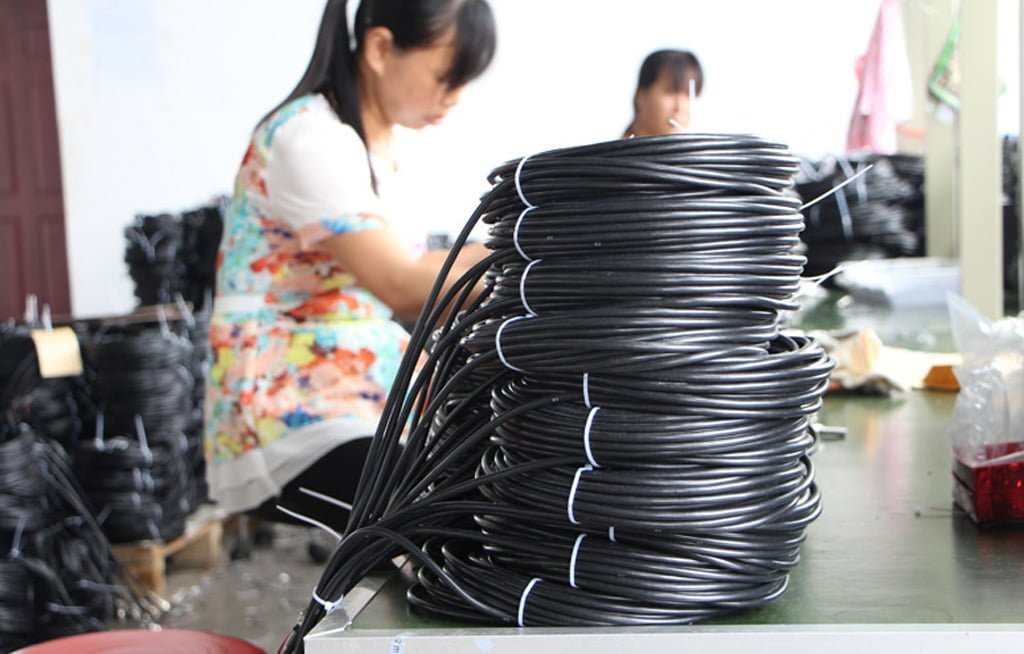Sensor actuator cables are used to control or move sensors. They are also used in industrial automation and robotics. A sensor actuator cable is a wire that transmits signals from the sensor to the controller. The cable is attached to the sensor and the controller.
Table of Content:
- What is a sensor actuator cable?
- What are the uses for sensor actuator cables?
- Types of sensor actuator cables
- Advantages and disadvantages of sensor actuator cables
- Summary

What is a sensor actuator cable?
A sensor actuator cable is a type of electrical cable used to connect sensors or actuators to an electronic system. Sensor actuator cables are used in a variety of applications, such as manufacturing, automation, and control.
A sensor actuator cable connects a sensor to an actuator. The cable is used to transfer the movement or pressure from the sensor to the actuator. This allows the actuator to control something, like a valve, without needing a physical connection between them.
What are the uses for sensor actuator cables?
Sensor actuator cables are often used in industrial, medical, and automotive applications. They are also commonly used in robotics and other automated systems. These cables connect sensors to motors or other devices. Sensor actuator cables are made of many different types of materials, including metal, plastic, and rubber. They can be flexible or rigid.
Sensor actuator cables are used in a variety of applications, including manufacturing and automation. They can be used to control machines and sensors, as well as monitor and adjust processes. The cables are flexible and durable, making them ideal for use in a variety of settings.
Types of sensor actuator cables
Sensor actuator cables come in a variety of shapes and sizes, each designed for a specific purpose.
Some common types of sensor actuator cables include those used to control valves, pumps, fans, and other mechanical devices.
Cable length is also important when choosing a cable. The longer the cable, the more flexibility it has. This is especially important when working with delicate mechanisms or large objects.
Pagaliau, make sure to choose a cable that is compatible with the device you are installing it on. Many cables come with detailed installation instructions so you can get started quickly.
Advantages and disadvantages of sensor actuator cables
There are a number of advantages and disadvantages to using sensor actuator cables. One advantage is that they are comparatively easy to install, since they do not require the use of tools. Another advantage is that they are relatively cheap, making them a good option for small applications. Tačiau, sensor actuator cables have a number of disadvantages as well. One disadvantage is that they can be less reliable than other types of cables. Papildomai, sensor actuator cables can be sensitive to interference, which can adversely affect their performance.
- 1.There are many advantages and disadvantages to using sensor actuator cables in industrial applications. Some of the benefits include robustness, ease of installation, and low cost. Tačiau, these cables can also be cumbersome to use and may require specialized equipment.
- 2. sensor actuator cables are often preferred over other types of control cables because they are more robust and have a longer life span. Papildomai, Juos lengviau įdiegti, nes tarp jutiklių ir valdiklio nereikia laidų ar kabelių.
- 3. Vienas jutiklio pavaros kabelių trūkumas yra tas, kad juos gali būti nepatogi ir sunku transportuoti. Papildomai, Jei kabelis sugenda, Tai gali sukelti reikšmingą vėlavimą augalų operacijose.
- 4. Apskritai, Jutiklio pavaros kabeliai suteikia tam tikrų pranašumų, palyginti su kitų tipų valdymo kabeliais, kartu turi keletą trūkumų.
Summary
Apibendrinant,a sensor actuator cable yra tam tikro tipo elektros kabelis, naudojamas jutiklio judėjimui valdyti. Jie dažnai naudojami pramonėje ir automatizavimo programose, ir gali būti labai naudinga kontroliuojant jutiklių judėjimą.
